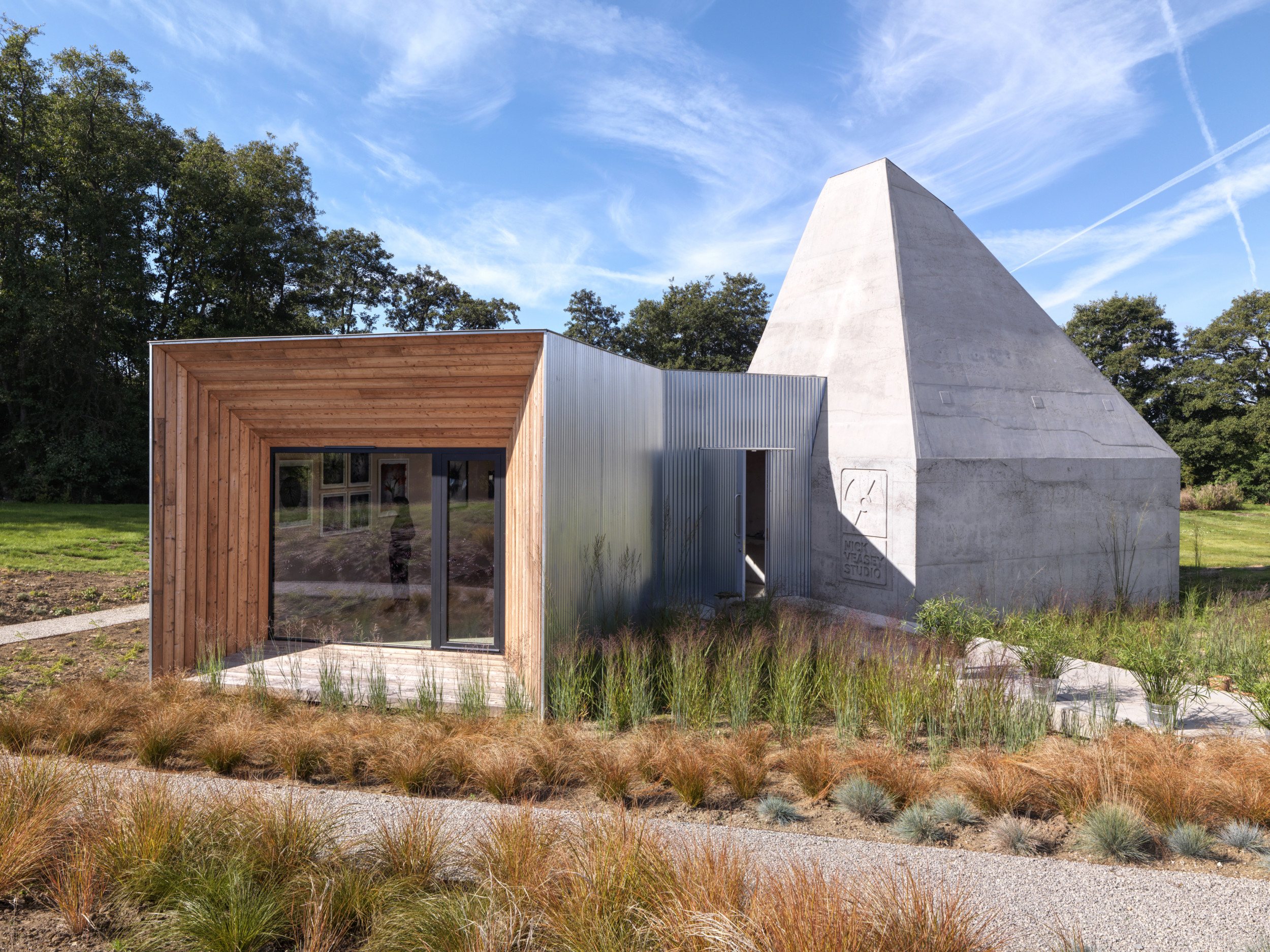
Hollaway Studio is an architecture practice that embraces the past, the present, and the future and places people and feeling at the core of its architecture philosophy.
With offices in London and Kent and a strong reputation for design, the practice is working in a wide range of sectors including hospitality, hotels, restaurants, education, and housing. In recent years it has worked on a number of large-scale regeneration schemes including the restoration of five listed buildings into a mixed-use site involving four TV & Film Studios, Post Production, educational facilities, and residential.
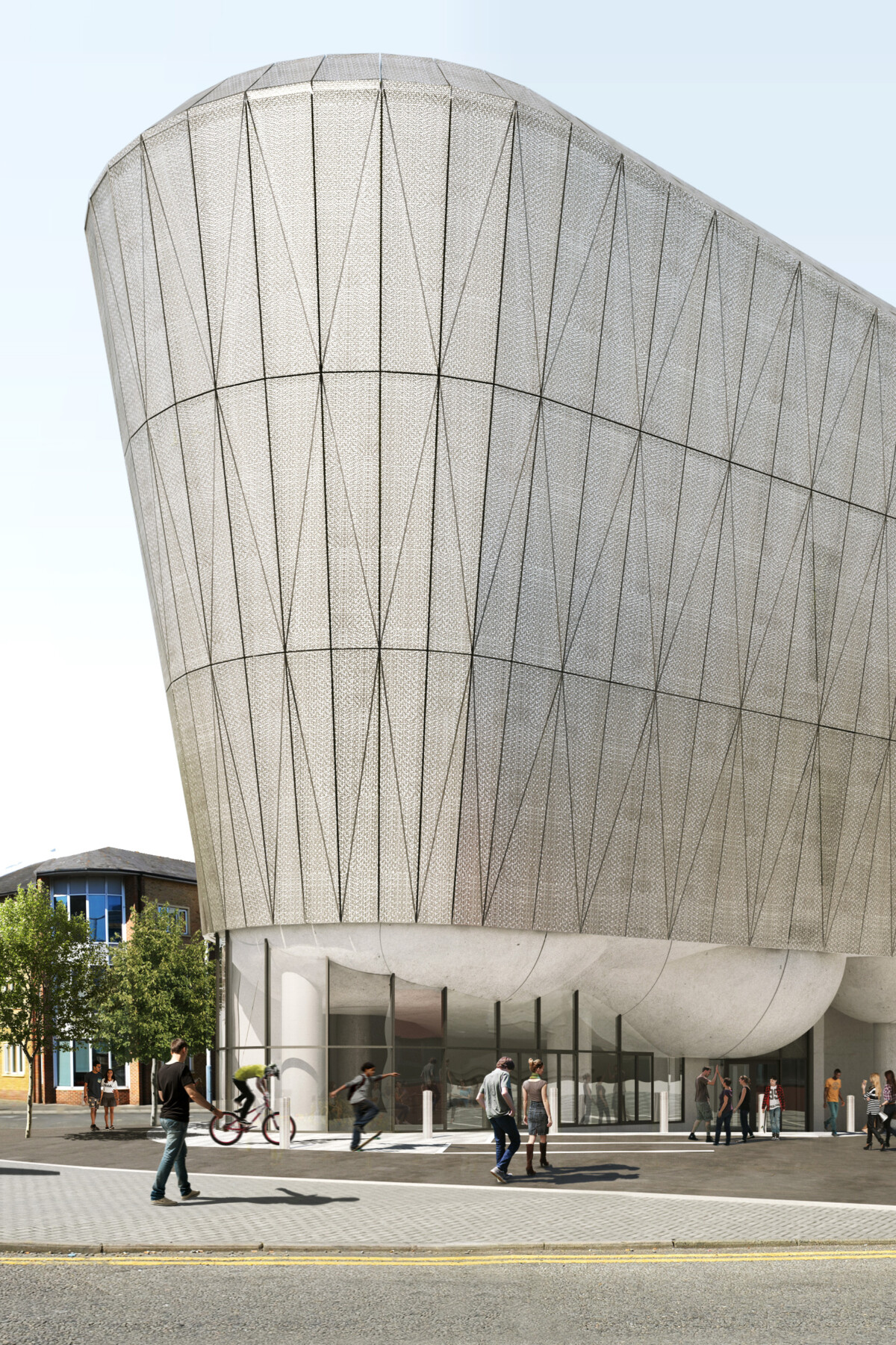
Design begins with feeling – for place, for the past, for the needs and wants of the now, and for a future that matters. It listens. It empathises. It’s pragmatic. It’s an understanding that informs everything we do. It makes buildings that work – truly, beautifully. This is how we approach all projects.
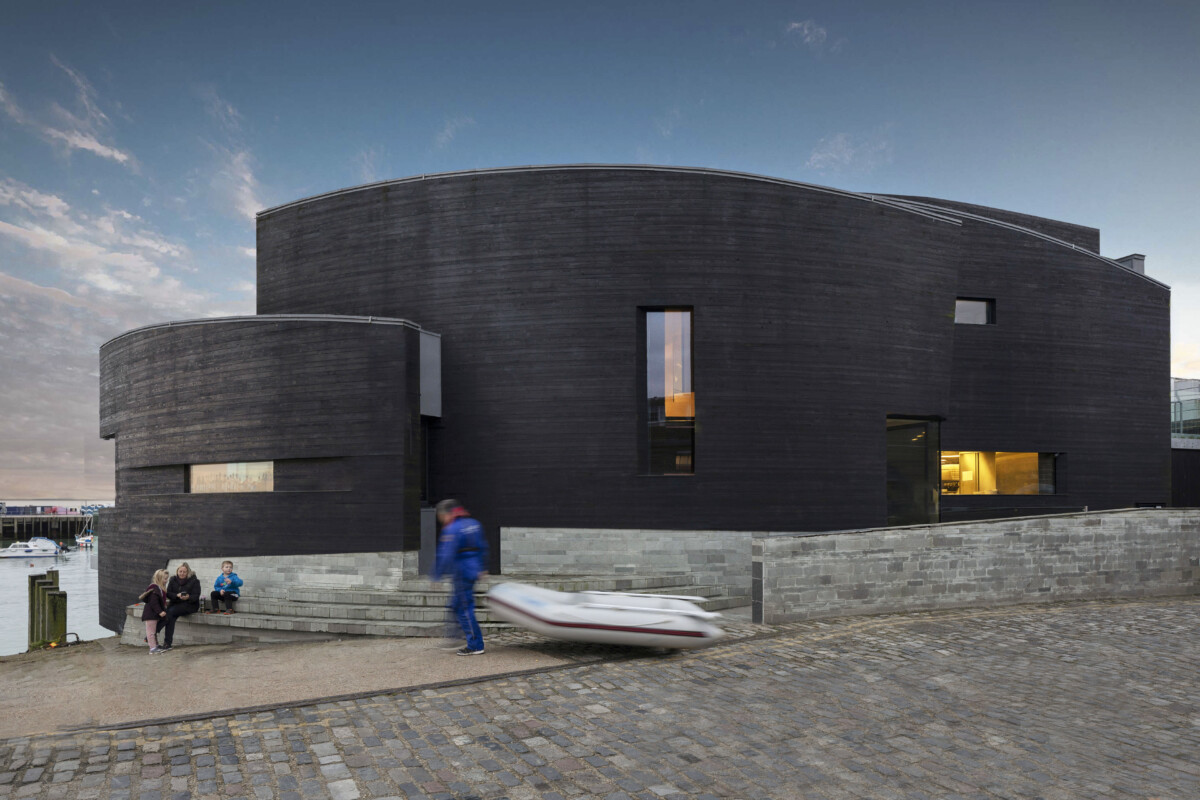
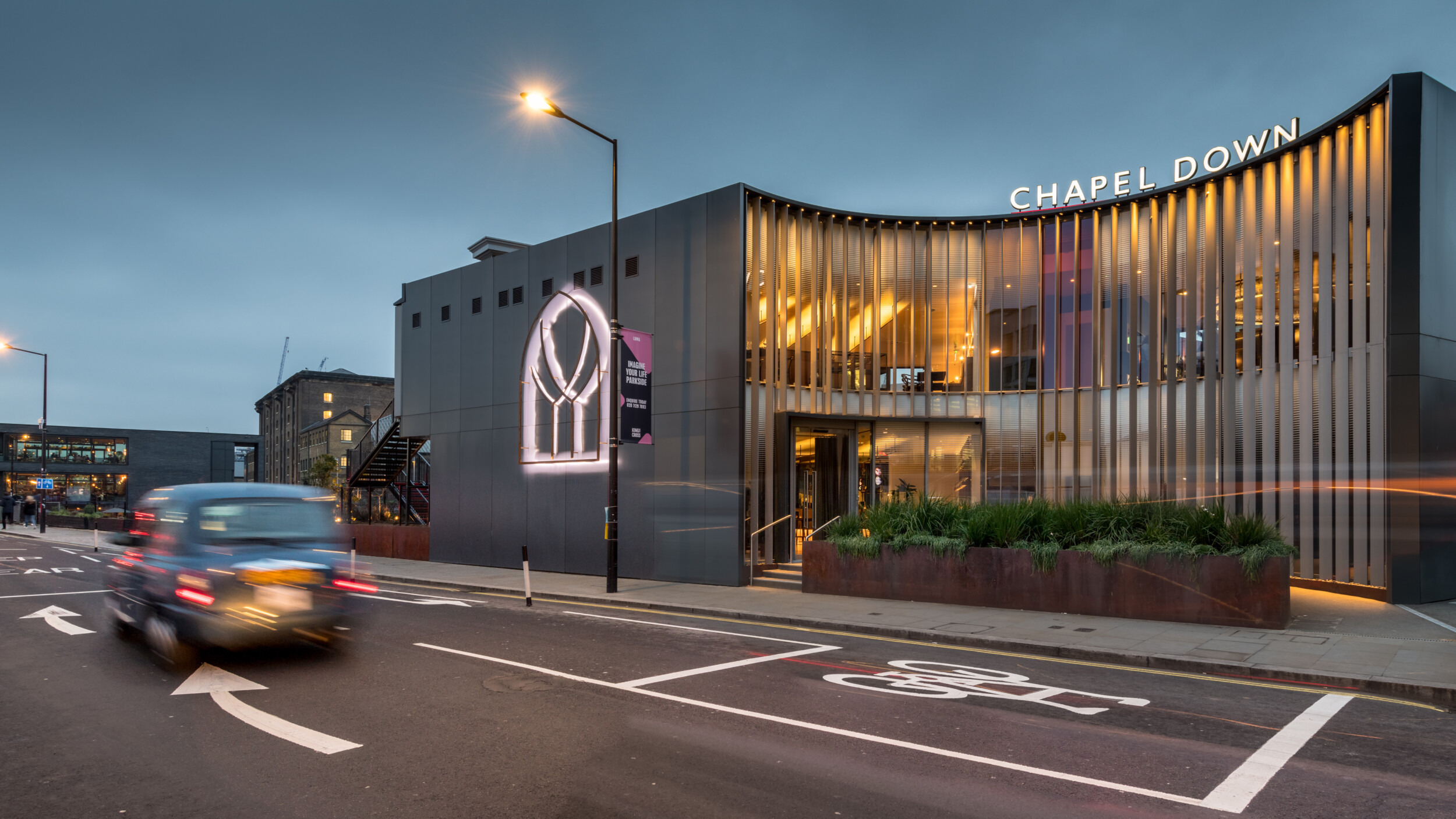
An architecture practice is nothing without its people, and the very best practices are those in which everyone has a voice – however different it may be. We are extremely fortunate Hollaway is exactly this: an extraordinary bunch of thinkers, talkers, and doers. These are the people that get buildings made.
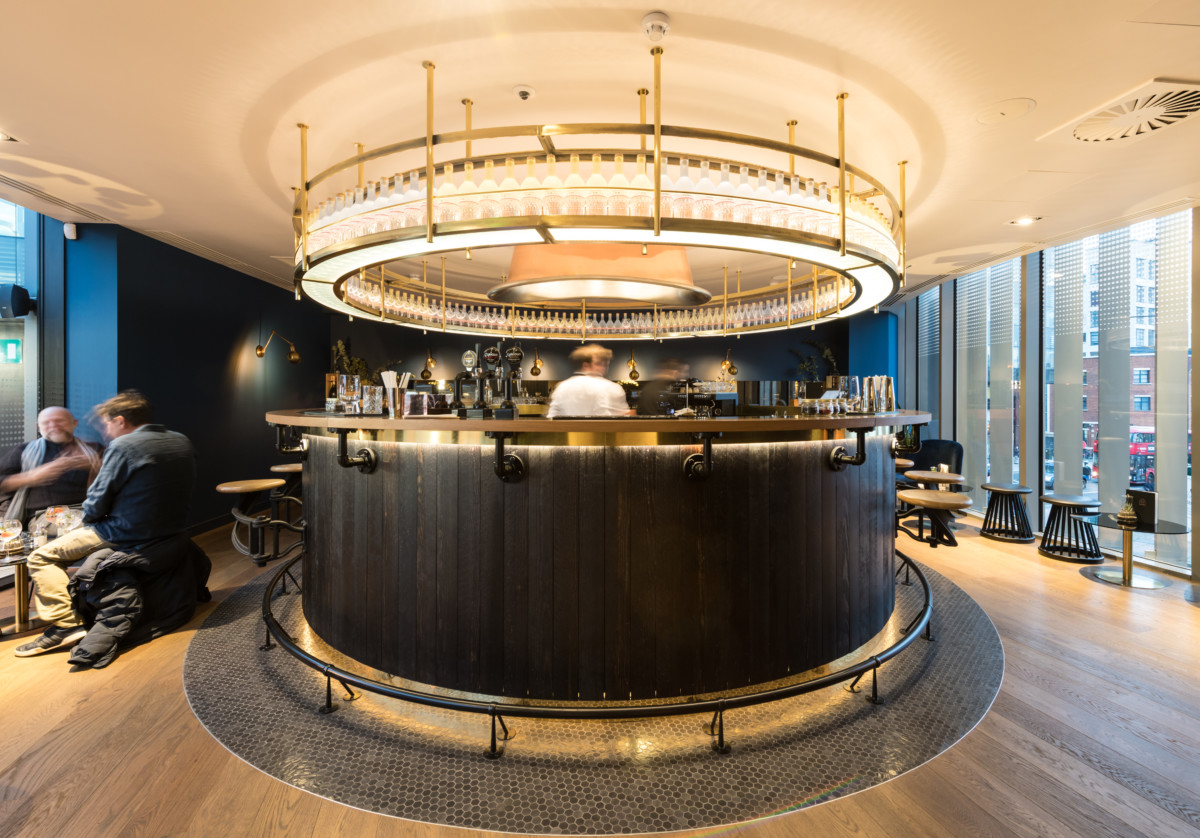
Among his many feats, the artist Nick Veasey has x-rayed an entire Boeing 777, a busy office building, and the length of human-laden single-decker bus. However, some of his most beautiful works are the result of a collaboration with the V&A, where he x-rayed collections of historic dresses. Seeing one of his images next to the original dress is to understand in an instant an art that seeks to see through to the truth of things. At once beautiful and ephemeral, there is an extraordinary purity to the x-rayed dress, and it is exactly this that informs the design of the Process Gallery.
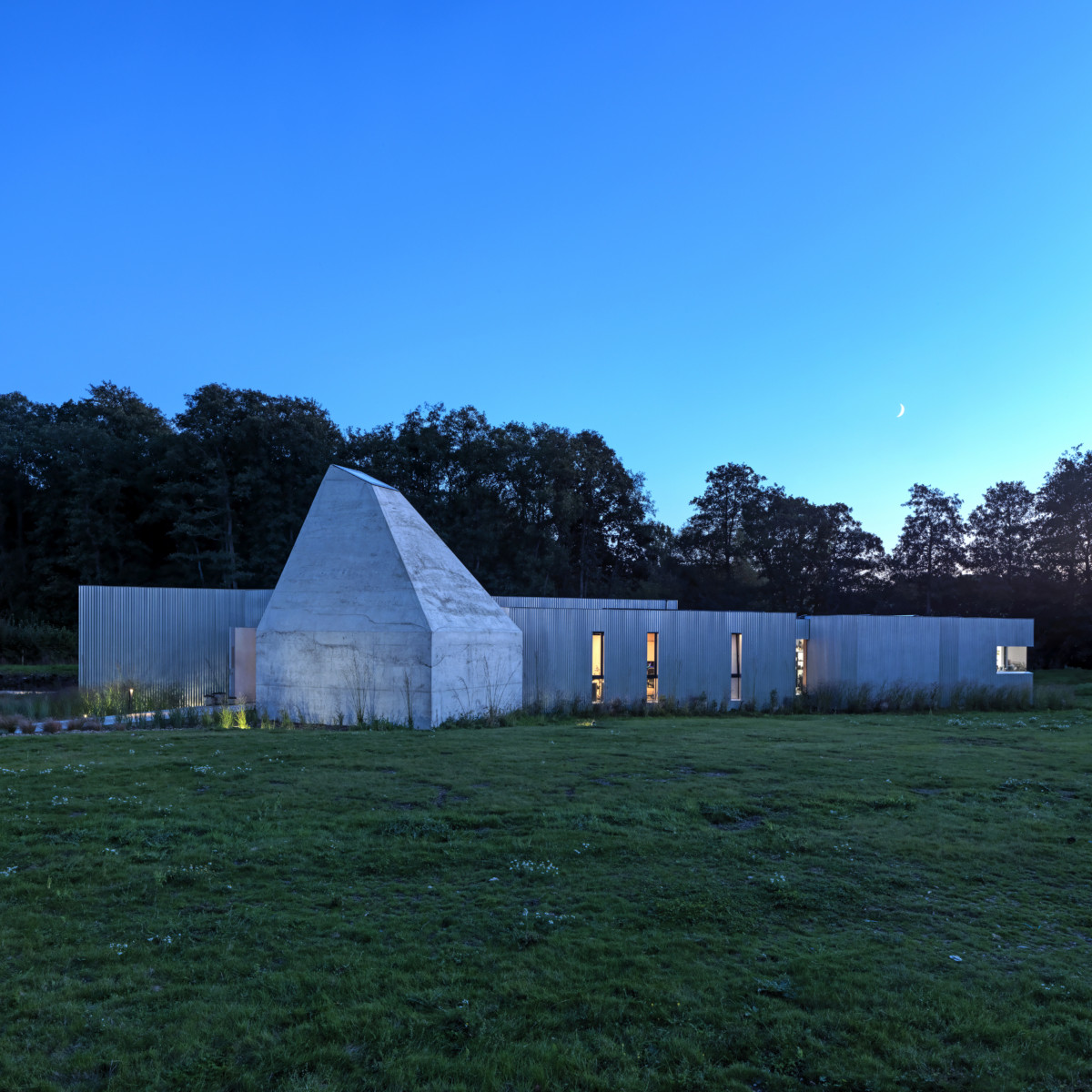
Utterly unusual, a studio and gallery, a place for seeing into and being seen into, it was essential that the materials used for Process Gallery’s construction embody the art it would both facilitate and show off. The bones of the building had to be laid bare – in much the same way as Veasey’s work finds its way into exposing those of his subjects. Hence, everything looks like it should look: concrete floors, a ply-clad interior, and exposed concrete walls. Nothing is hidden, camouflaged, obscured. There is no trickery, no conceit.
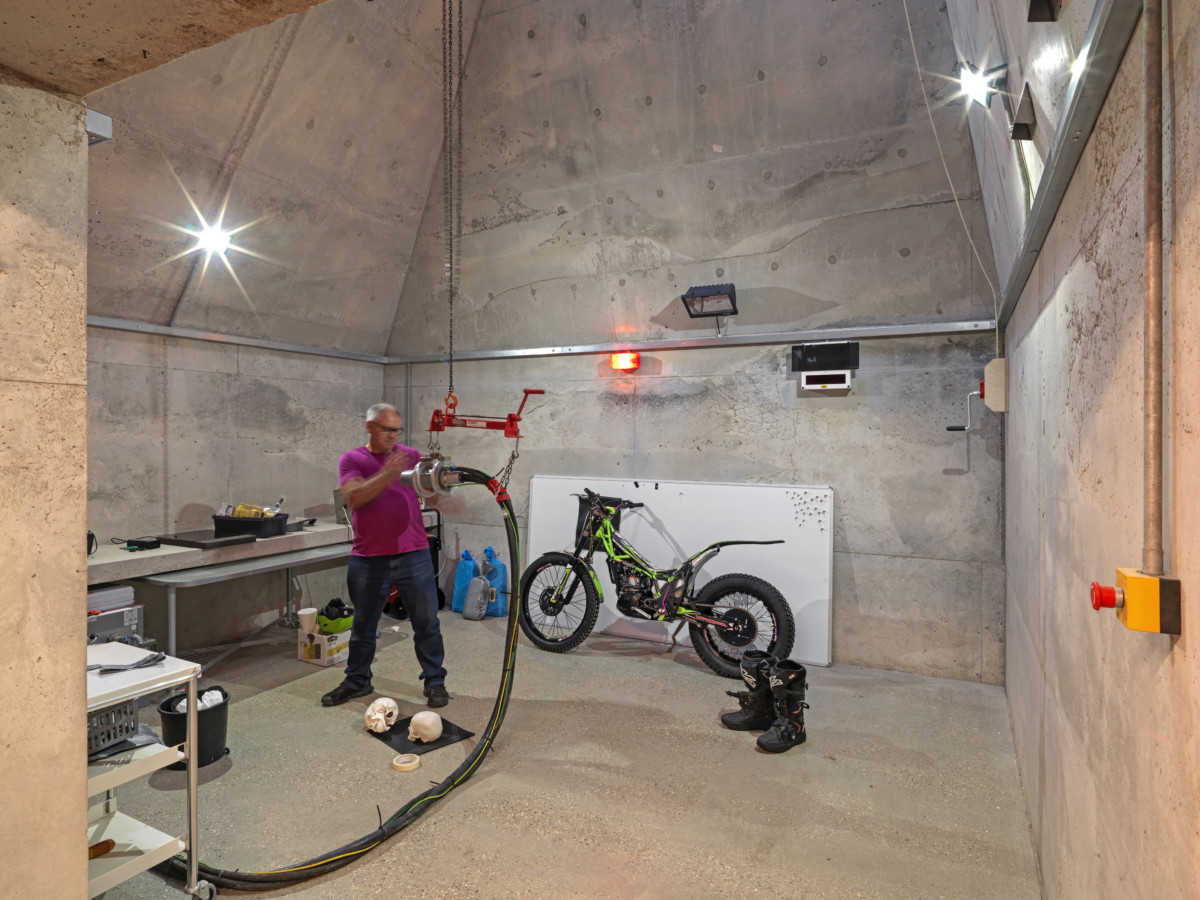
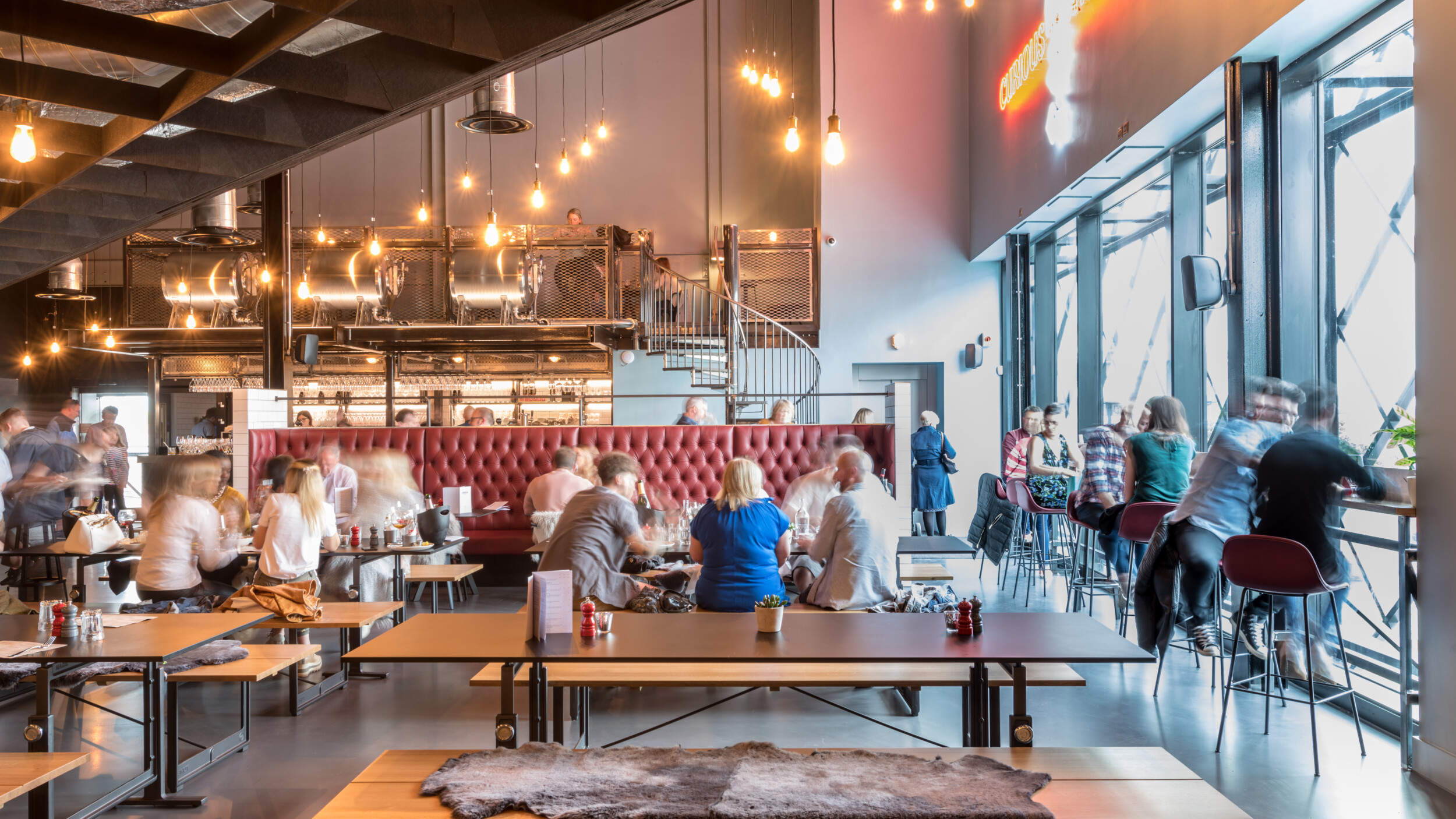
The RIBA award-winning architecture practice has built its reputation working on a wide array of projects, including a cutting-edge skate park, the world’s first heritage theme park, a bespoke artist’s studio in an open field, and a high-end seafood restaurant. The breadth of these projects may be wide, but each one brings the perfect balance of playfulness and sincerity, with a firm focus on placemaking, sustainability and the experience of the individuals who will use the space.

London
10A Acton Street WC1X 9NG
+44 (0)20 7096 5425
Kent
The Tramway Stables, Rampart Road
Hythe CT21 5BG
+44 (0)1303 260 515
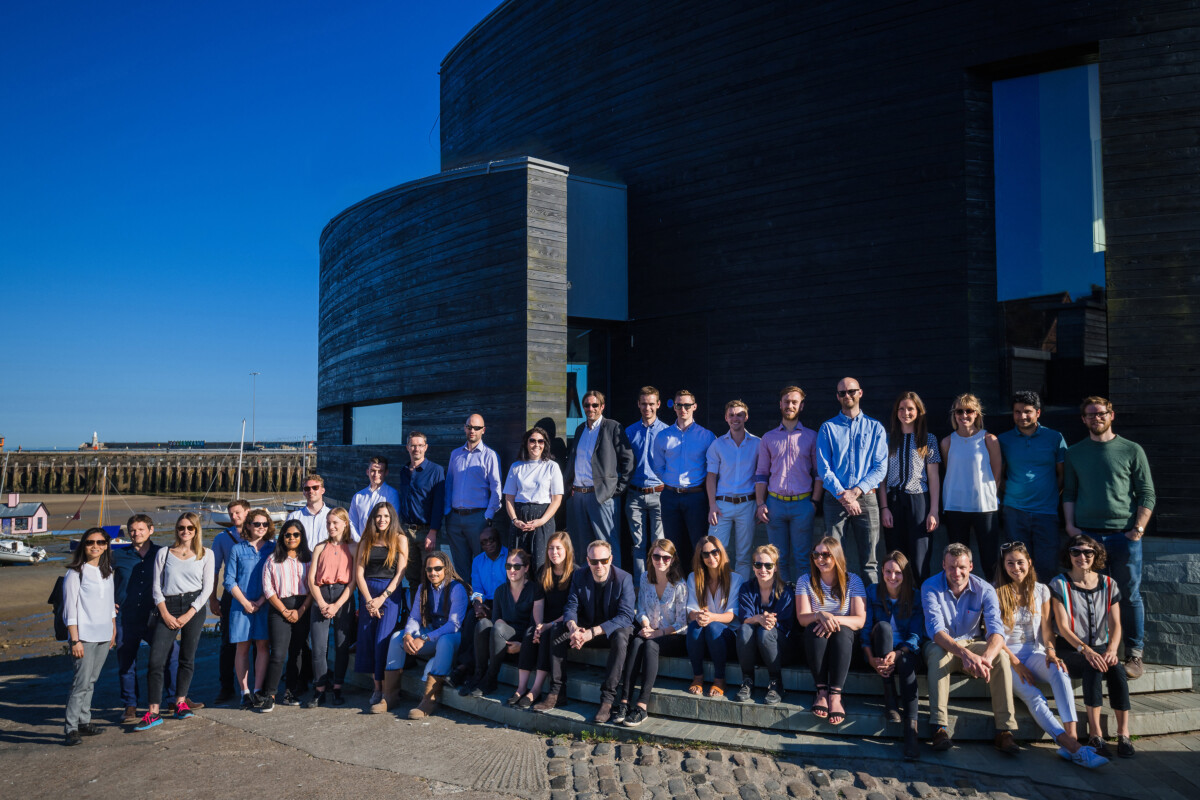
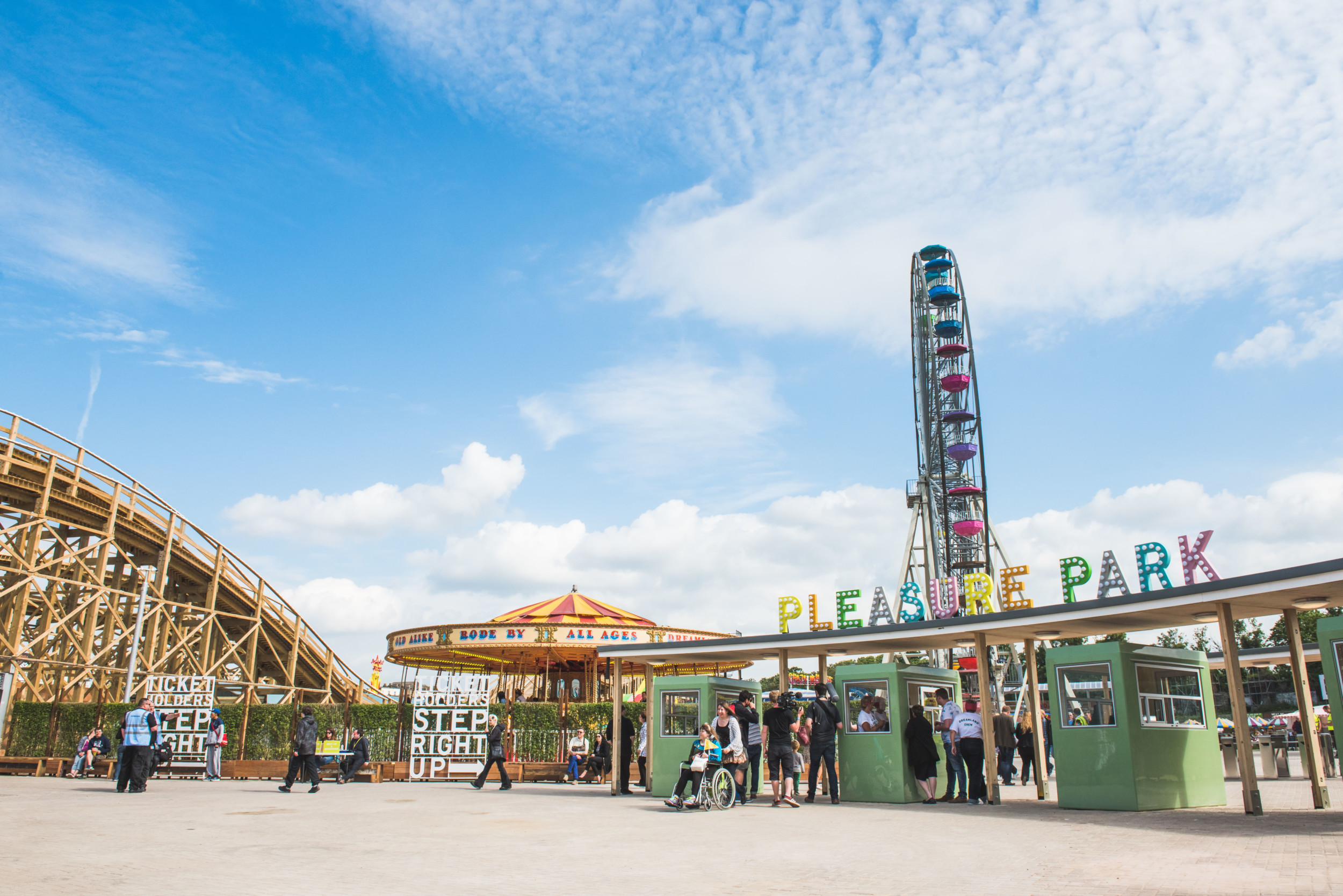
The Origins Of Architecture
Architecture as a profession has a long and venerable history in the UK and beyond, and it has been in existence in some form all over the world for many centuries now. However, architecture as a standalone recognised profession is actually a relatively modern phenomenon, even if it is one that is already widely regarded as one of the most respected and respectable professions out there.
Here, we are going to take a look at some of the history behind the architect as a profession. Understanding something of the origin of the profession can help when you are looking for one yourself for a project.
Early Origins
There is a very common belief that architecture as a profession dates back to the early Greeks and Romans, and perhaps even the ancient Egyptians. The logic there can be seen quite clearly; after all, these civilisations clearly did attend to something like architecture, and each of those cultures did display some of the most impressive architectural feats of all time.
But at that time, the individual role of ‘architect’ was not yet in existence, certainly not as a standalone profession. The first recognisable architect is usually considered to be Vitruvius Pollio, who was born around 70-80 BC. But after his death in 15 BC, the term architect couldn’t be applied to anyone until the Renaissance movement, when it was taken up as a profession once more.
The Renaissance & Beyond
The modern day sense of an architect probably dates back to the mid 16th century, from the French word architecte, taken from the Greek for ‘chief builder’. During the Renaissance in Italy, the modern architect began to develop properly, and although now the profession was regarded alongside sculptors and the like, there was not yet an official guild dedicated to the craft.
It was not long, however, until the movement spread to France and beyond, and in France in particular there were designs for architecture to become a self-governing profession with accepted standards and so forth.
In Britain
So how did architecture as a profession come about in Britain? The first time the word architect appeared in the OED was 1563, the time of King Henry VIII. John Shute was one of the very first Brits to call themselves an architect, in his text The First and Chief Groundes of Architecture. It might not surprise you to know that Shute had connections with Italy, where he learned to paint. He proved to be very influential in the long term for the architecture industry. Soon, an influx of wealthy landowners made it clear that architects were needed to design and build new homes and landmarks.
Modern History
Thereafter, it was a case of architecture growing in popularity, and before long different schools were set up organically as part of that process. Today, it is a widely-respected and known profession that many people have a use for.